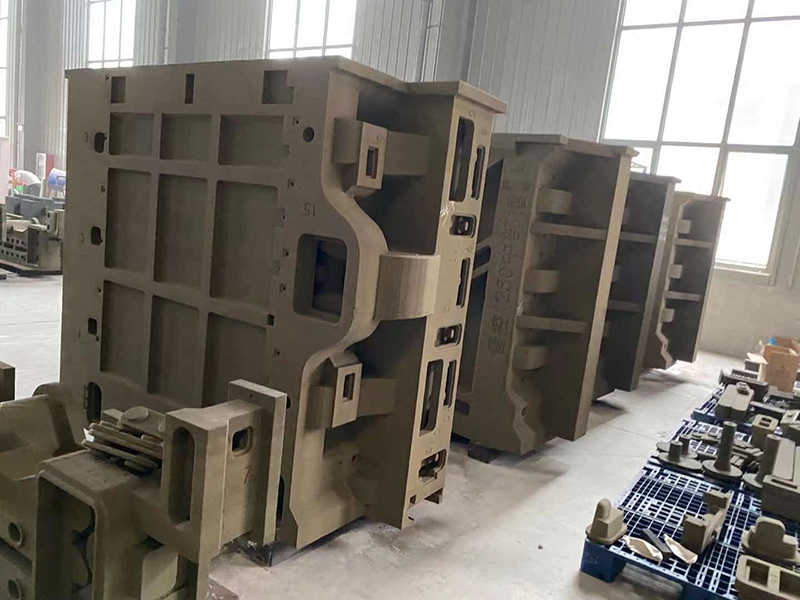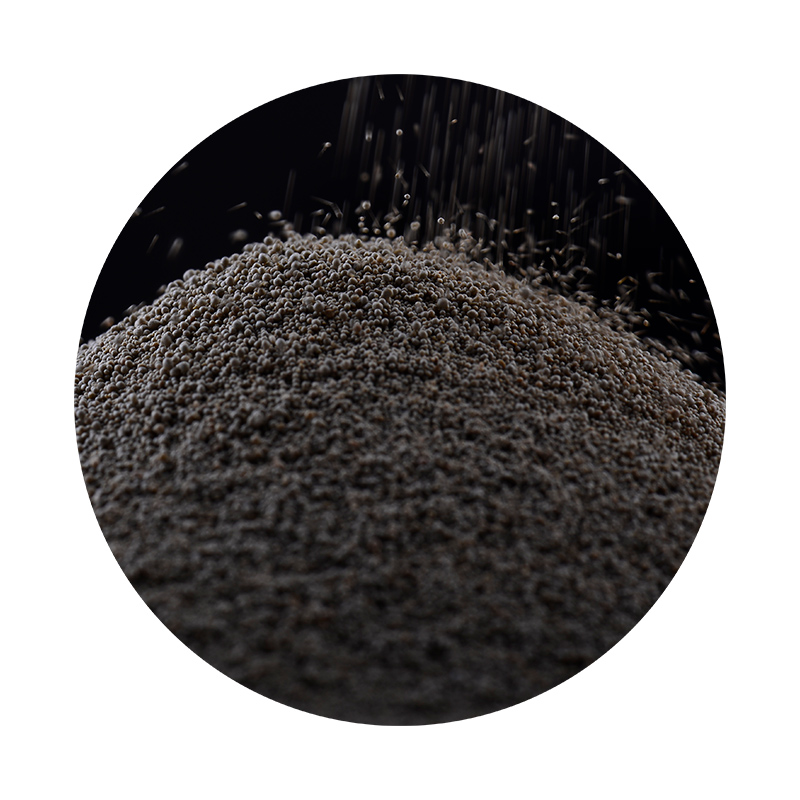

When discussing authoritativeness, it's essential to highlight that industry leaders and institutions frequently endorse sand cast iron for its proven performance metrics. Recognized standards and continual technological advancements have solidified its place as a reliable choice for critical engineering applications. Institutions that prioritize quality assurance often look to sand-cast components for their predictable performance and consistent results. Trustworthiness, a cornerstone of any manufacturing process, is inherent in sand cast iron. Its reliability is not just a theoretical benefit but a proven reality in countless successful applications. From massive structural components that withstand immense pressure and temperature changes to delicate, finely crafted pieces that demand the highest precision, sand cast iron delivers unwavering quality. Trusted by engineers and designers worldwide, this process consistently meets rigorous compliance and safety standards. In conclusion, sand cast iron emerges as a highly beneficial material for producing durable, precise, and customized components. It expertly balances traditional craftsmanship with modern innovations, remaining a trusted choice among manufacturers seeking quality and reliability. Through the years, it has continually adapted to meet the demands of evolving industries, maintaining its status as a valued element of modern manufacturing. Businesses that leverage the advantages of sand cast iron not only benefit from its outstanding properties but also from a legacy of excellence and trust that stretches back through the annals of industrial history. Post time:Led . 29, 2025 06:07
Next:High Refreactoriness Ceramsite Foundry Sand For Steel Casting
